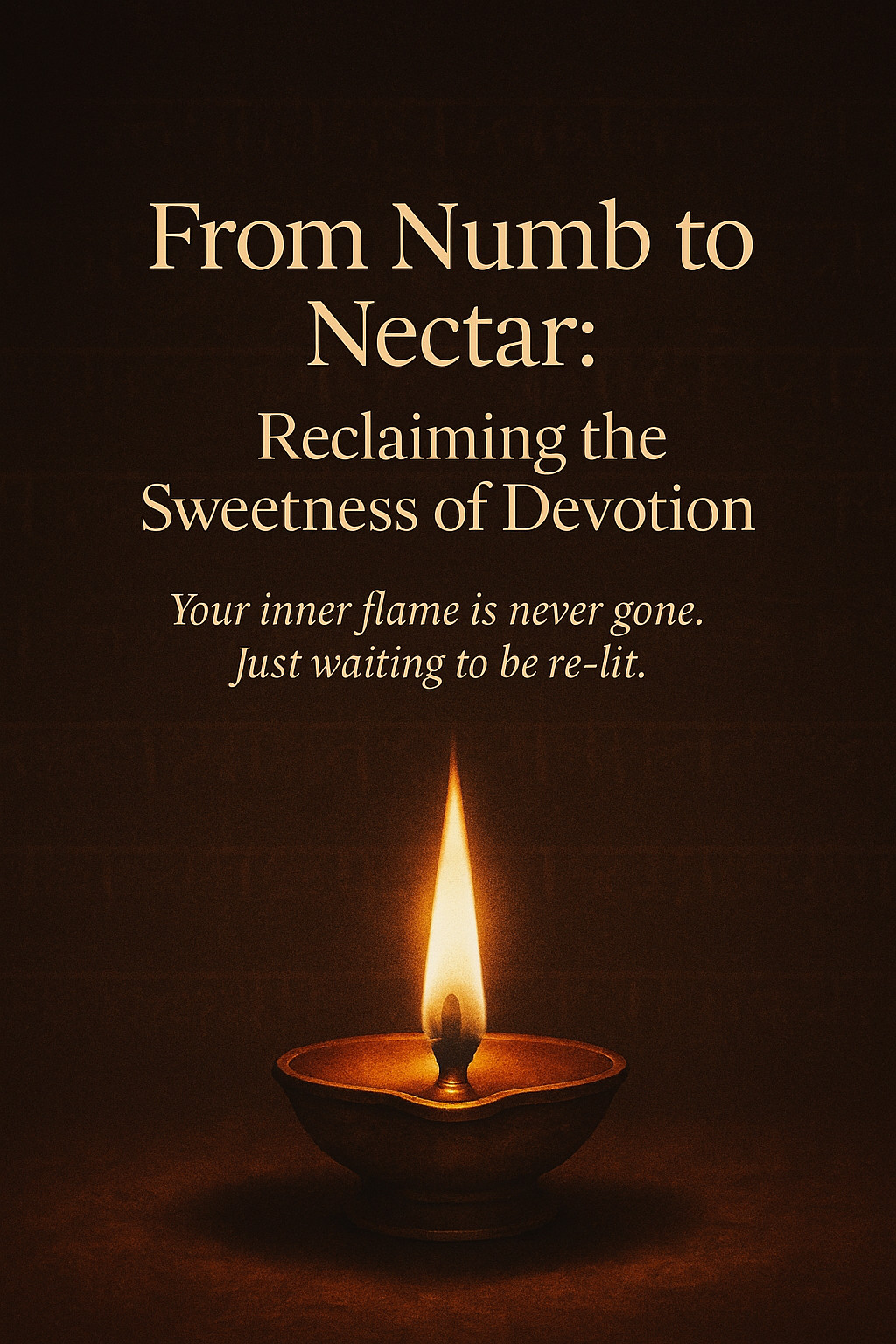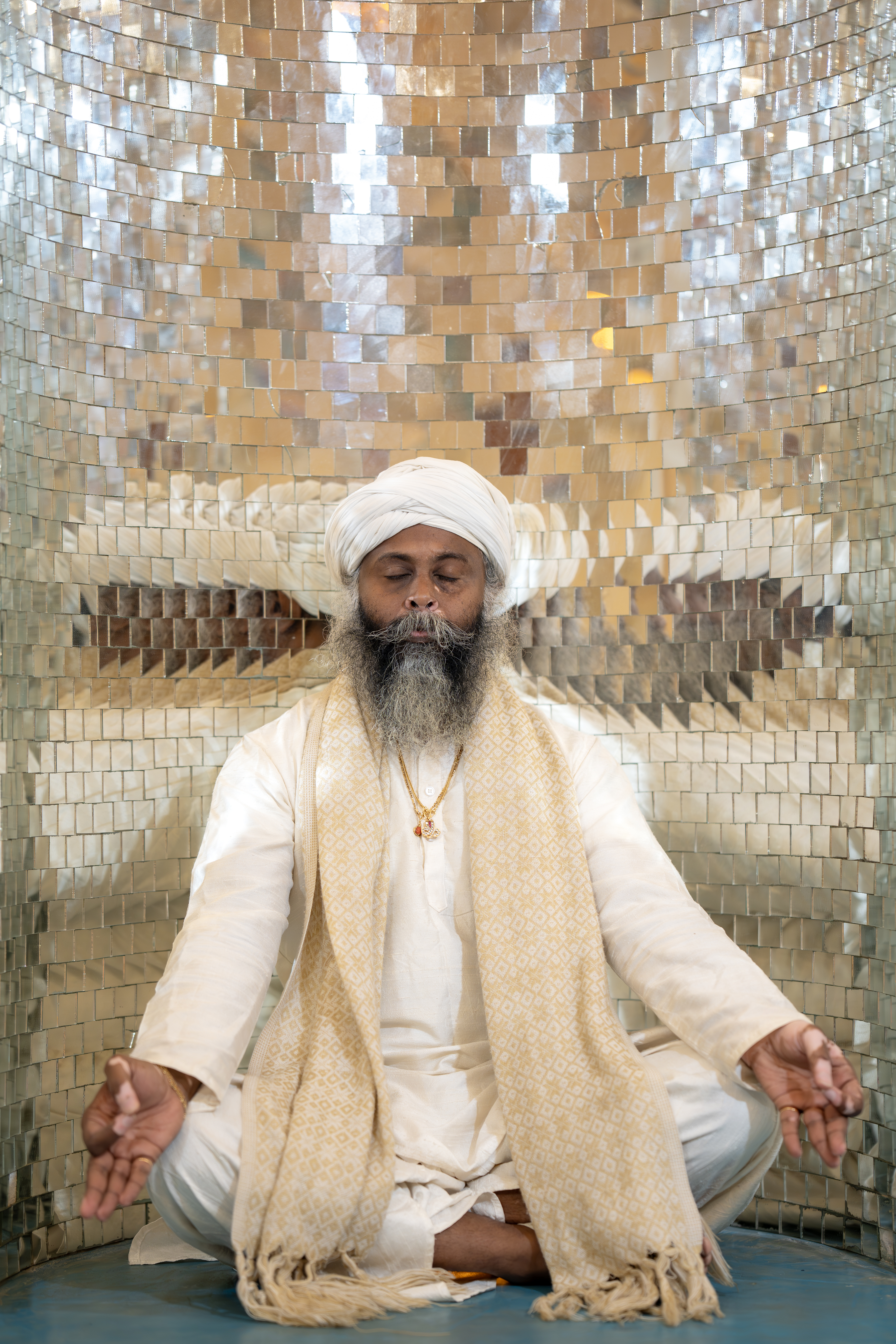Our insights into the relationship between the vertebral columns, the brain, and divine entities reveal a profound and intricate understanding that intertwines spiritual, astrological, and anatomical elements. Each of the 33 vertebrae is believed to be governed by a divine entity, aligning with teachings such as Kundalini Yoga, where the spine is seen as a sacred conduit for spiritual energy, or **Kundalini Shakti**, moving through chakras linked to specific deities and cosmic principles.
In this holistic view, each vertebra is associated with a **Bij mantra** (seed sound), color, and frequency, reflecting the belief that specific vibrations activate energy centers in the body, thus aligning individuals with higher states of consciousness and spiritual knowledge. The 12 cranial nerves are similarly connected to the 12 zodiac signs, suggesting that the interplay between celestial bodies and human physiology influences both physical and spiritual well-being.
Extending the cosmic connection further, the brain’s network is thought to be governed by the **144 Nakshatras**, lunar mansions in Vedic astrology, suggesting that our mental and spiritual faculties are influenced by cosmic energies. Additionally, resurrection, linked with **Lord Shiva**, symbolizes a mystical state of pure consciousness. This synthesis of knowledge offers a holistic understanding of human existence, bridging the physical and metaphysical through a rich tapestry of interconnected wisdom.
Read more...The role of a man in a relationship today is diverse and dynamic, moving beyond traditional expectations to embrace emotional support, partnership, and equality. Men are seen as protectors, offering physical and emotional security, while also being reliable partners who collaborate with their significant others in decision-making processes. Their contributions vary from financial stability to emotional encouragement, ensuring the well-being of their partners and families.
Communication and problem-solving are critical components, with men playing vital roles in fostering open dialogue and resolving conflicts constructively. They also provide motivation and support, helping their partners achieve personal goals and overcome obstacles. Importantly, the role of a man is influenced by cultural norms but is increasingly marked by shared responsibilities and mutual respect within the relationship.
Maintaining personal growth and self-care is essential for men to bring their best selves to the relationship. Adaptability and flexibility allow them to evolve with the changing dynamics of the partnership, taking on different responsibilities as needed. Ultimately, a successful relationship hinges on understanding and embracing these multifaceted roles while fostering an environment of equality and collaboration.
Read more...The role of a woman in a relationship is multifaceted, encompassing emotional support, partnership, communication, encouragement, and more. Women often provide emotional support and nurturing, helping to create a safe space for both partners to express their emotions and fostering intimacy, trust, and connection. In a healthy relationship, they also act as partners in decision-making and problem-solving, contributing to household responsibilities and parenting based on mutual respect and equality.
Women play a crucial role in communication and conflict resolution, ensuring that both partners feel heard and valued and promoting understanding. They also serve as sources of encouragement and motivation, supporting their partner’s ambitions and inspiring mutual growth through shared activities and goals. Additionally, women may guide the relationship with spiritual and moral values, contributing to the family's well-being and fostering a sense of purpose.
While societal expectations can shape these roles, modern perspectives emphasize flexibility and balance based on mutual agreement and individual strengths. It’s essential for women to prioritize personal growth and self-care to bring their best selves to the relationship. Flexibility and adaptability are key, allowing for evolving roles that meet the changing needs of both partners and contributing to a fulfilling and harmonious partnership.
Read more...Aging is not encoded in our DNA but is a mental and societal construct that we’ve come to accept. Our bodies are continuously renewing themselves—skin every 3 months, blood every 6 months, and even the skeleton every 10 years. Despite this, we believe in the inevitability of aging due to psychological and emotional patterns formed over time. Kundalini Yoga offers a way to break these patterns, unlocking our potential for eternal renewal.
Kundalini Yoga addresses aging by working on energy centers, or chakras, through breathwork, movement, and meditation to release emotional trauma. Techniques like the Breath of Fire, mantra meditation, and Kriyas for Radiance help clear blockages, detoxify the body, and enhance cellular regeneration, ultimately shifting our belief system from decline to limitless potential.
By practicing Kundalini Yoga, we can align our thoughts, emotions, and energy with a state of perpetual regeneration, transcending the societal illusion of aging. This practice not only fosters physical well-being but also promotes emotional healing and a life of continuous vitality. Aging, then, becomes a choice dictated by the mind rather than an inevitable biological process.
Read more...For Radhastami, the celebration of Goddess Radha's divine birth, devotional chanting invokes her grace, love, and spiritual qualities. Various mantras help deepen devotion, elevate consciousness, and invite the blessings of Radha Rani. These include the Radha Gayatri Mantra, Radha-Krishna Mantra, Radha Ashtakshara Mantra, Radha Sahasranama Stotram, Radha Krishna Pranam Mantra, and Radha Stuti.
The Radha Gayatri Mantra connects devotees to Radha's divine feminine energy, encouraging spiritual devotion. The Radha-Krishna Mantra celebrates the union of Radha and Krishna, embodying divine love and bliss. Short but profound, the Radha Ashtakshara Mantra, and extensive chants like Radha Sahasranama Stotram, along with Radha Krishna Pranam Mantra and Radha Stuti, target different aspects of worship and blessings.
Recommended practices for these mantras include chanting early in the morning or during specific puja times, repeating each mantra 108 times using a mala, and setting clear intentions. By engaging in these practices, devotees invite Radha's divine love and spiritual grace into their lives, making Radhastami a deeply enriching experience.
Read more...
